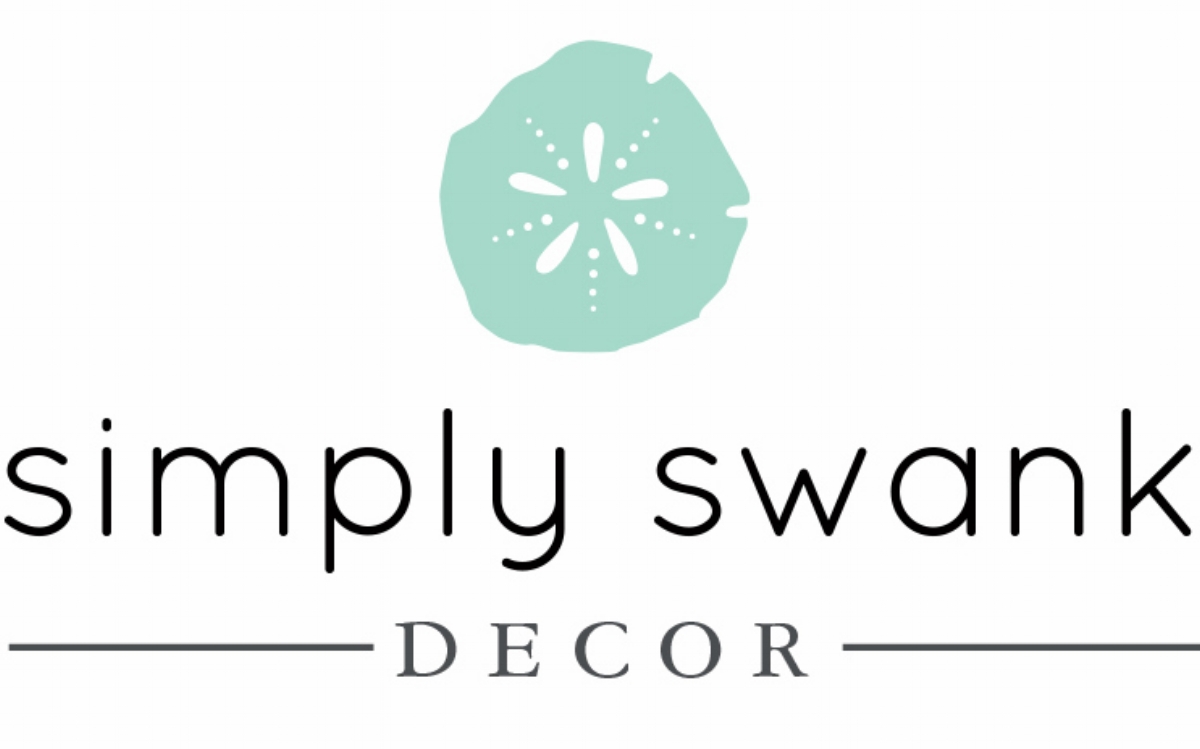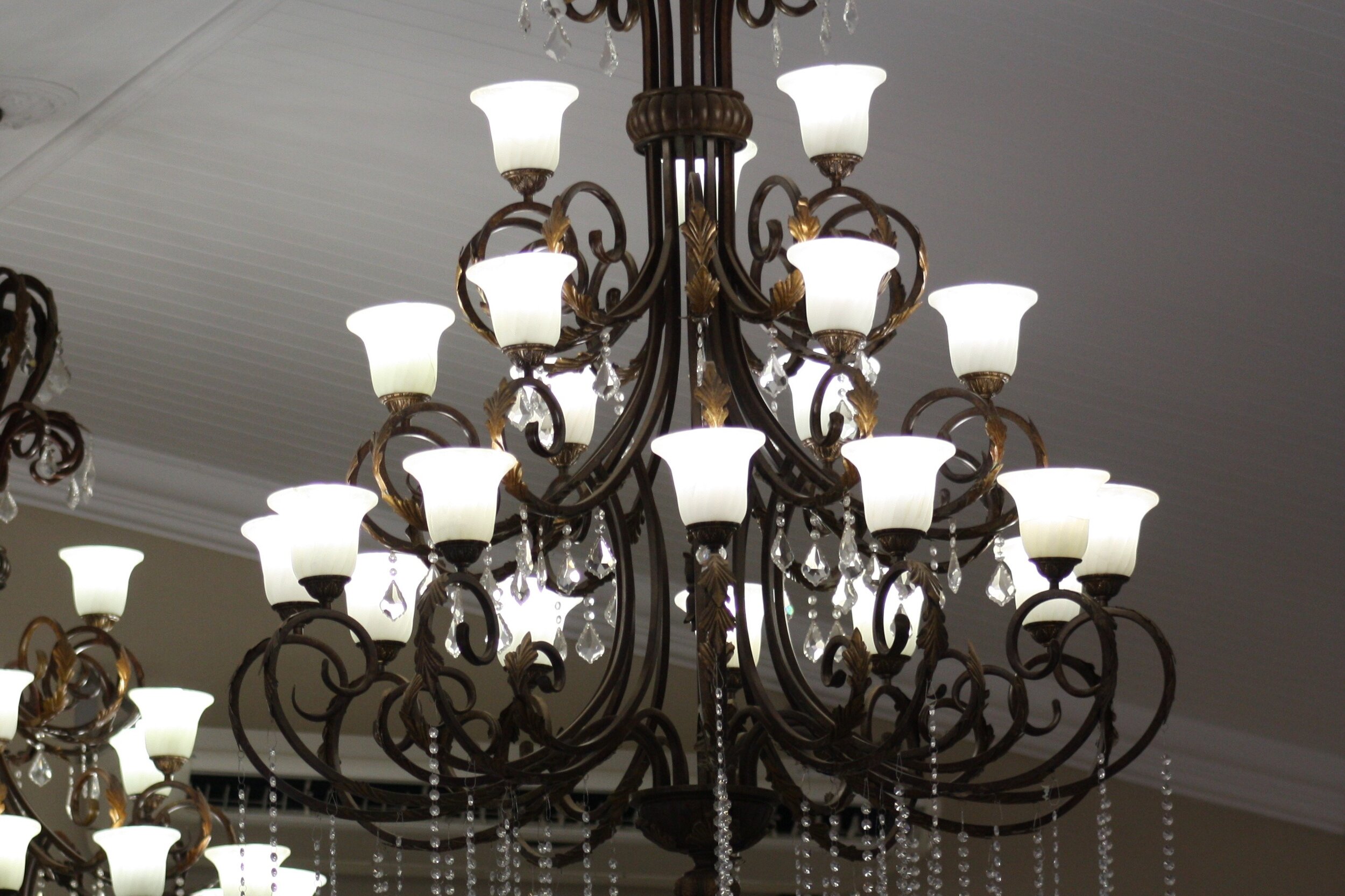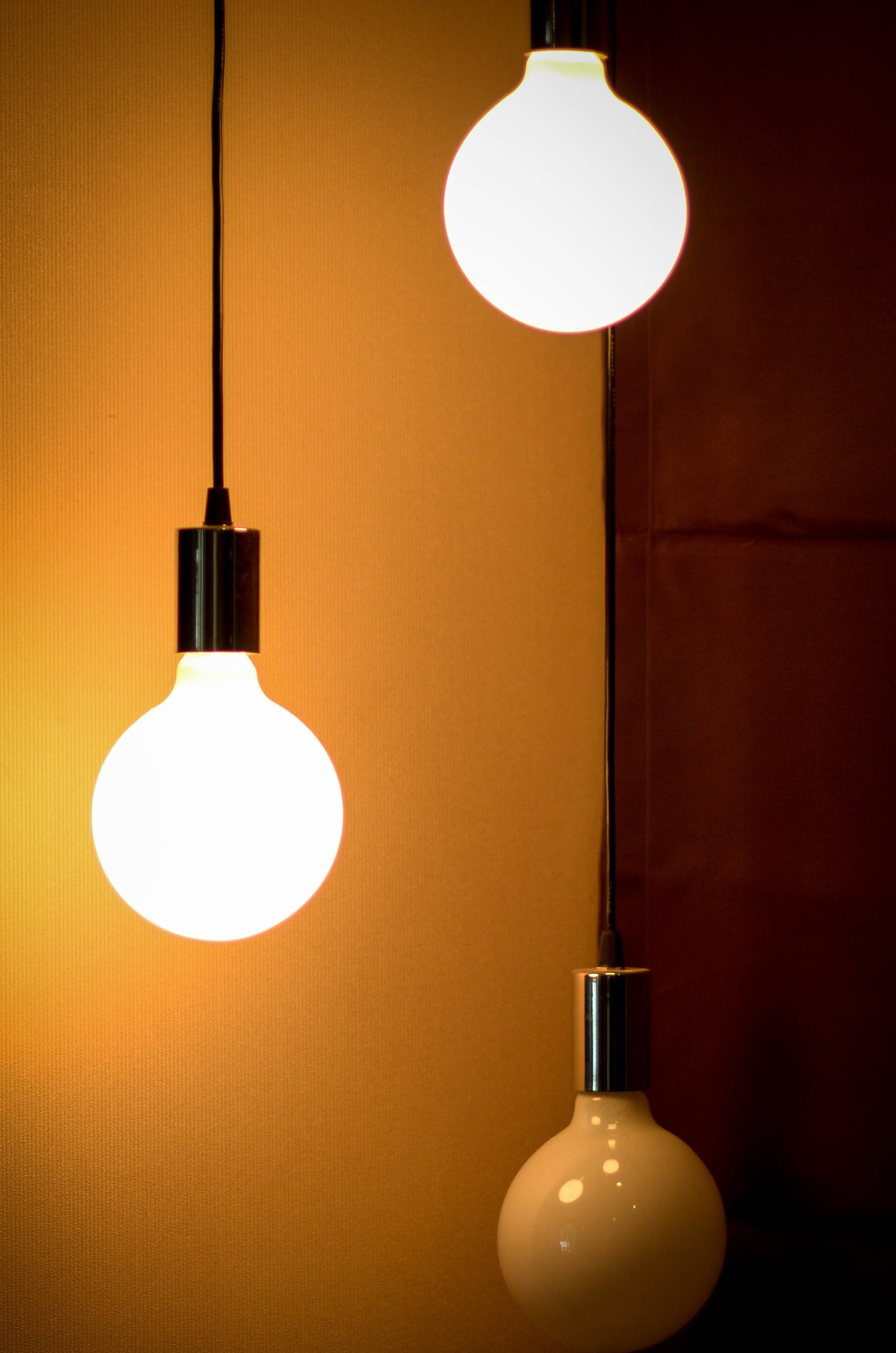Hello my decor-istas. I have missed you all and am back from a long and amazing trek in Portugal and Spain. While this was a personal holiday, I can never travel without noticing and studying local architecture and design and this holiday was no different. I will be sharing it all in future blog posts so stay tuned!
In the meantime, many of us are heading into colder weather and shorter days and it is during these times that we are reminded of just how important the lighting in our homes is. During this time that we might also come to realize just how poor the lighting might be in those spaces. The following four tips will help ensure you have the correct type and level of lighting in every room.
1. How much natural lighting does the room get?
The amount of natural light a room gets is quite different during those precious few hours of light in the winter and the joyful loooong days of summer. Knowing how much natural light your room gets during the various times of day and year will help you plan lighting requirements and match them with what time of the day and how you use the room.
Also consider which direction or directions the windows in the room face to determine when additional light is least or most required when using the room.
2. How many levels of lighting do rooms need?
Every room will require different levels or layers and types of lighting depending on their use.
Living:
ceiling lights for overall ambience and atmosphere (pot lights work well)
task lighting directed at specific ‘work’ zones (table lamps, wall sconce lamps)
accent lights to highlight a specific object or architectural feature and soften the space
Bedrooms:
ceiling lights for ambient light (could be flush mount or pendant)
task lighting for reading (table lamps, wall mounted lamps)
Kitchens:
task lighting pointed at ‘work’ zones (track lighting works well and is no longer the utility, industrial styled lighting of the past)
ambient lighting to create a comfortable, welcoming atmosphere (pot lights work well)
accent lights to soften the space
Photo: Shadowfirearts
Bathrooms:
task lighting either side of the mirror to assist with shaving and make up application
ceiling lights to illuminate the whole space
Photo: Shadowfirearts
Entrance:
ceiling lighting to illuminate the space and create a welcoming atmosphere
3. What colour of light bulb should you use?
Light bulbs come in a number of different colours or what is referred to as colour temperature which is expressed as Kelvins. However, many of us buy the first bulb our hand touches, the ones on sale or the first one we come across in the home improvement or grocery store. But check the next time you buy some – you might be surprised to see that light bulbs come in white, yellow and cool blue. If we select the wrong colour the resulting light will affect the look and feel in a room.
The best colours for the rooms in your home are:
Soft White or Warm White (2700-3000 Kelvins) – bedrooms and living rooms to create a warm, cozy feeling
Bright White or Cool White (3500 – 4100Kelvins) – best for kitchens and bathrooms for visibility and energy
Daylight (5000-5000 Kelvins) – bathrooms, kitchens and basements for best contrast
If you are struggling to perform tasks in the various rooms in your home or don’t like the appearance and ambience of the space, swapping out the light bulbs is a simple and quick way to improve the look, feel and comfort in your spaces. If new light bulbs aren’t the answer, keep reading my blog for other decor and design tips and ideas for creating comfortable, livable and accessible spaces.
For more ideas and inspiration follow Simply Swank Decor on:
Instagram (https://www.instagram.com/simplyswankdecor/)
Facebook (https://www.facebook.com/simplyswankhomedecor/)
Pinterest (https://www.pinterest.ca/simplyswankdeco/)






